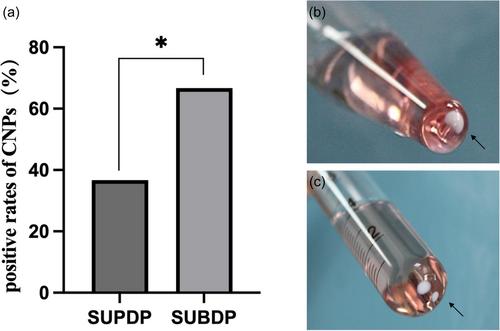A preliminary study on calcifying nanoparticles in dental plaque: Isolation, characterization, and potential mineralization mechanism
Abstract
Objectives
Calcifying nanoparticles (CNPs), referred to as nanobacteria (NB), are recognized to be associated with ectopic calcification. This study aims to isolate and culture CNPs from the dental plaque of patients with periodontal disease and investigate their possible role in unravelling the aetiology of periodontal disease.
Material and Methods
Supragingival and subgingival plaques were sampled from 30 periodontitis patients for CNPs isolation and culture. Alkaline phosphatase (ALP) content changes were tracked over time. Positive samples underwent thorough morphological identification via hematoxylin and eosin (HE) staining, Alizarin red S (ARS), and transmission electron microscopy (TEM). The chemical composition of CNPs analysis involved calcium (Ca) and phosphorus (P) content determination, Fourier transform infrared spectroscopy (FTIR), and X-ray diffraction (XRD).
Results
The subgingival plaque dental group exhibited a higher CNPs isolation rate at 36.67% (11/30) compared to the supragingival dental plaque group at 66.67% (20/30). ALP activity varied among the positive, negative and control groups. Morphological observation characterized the CNPs as round, oval, and ellipsoid particles with Ca deposits. Chemical analysis revealed the Ca/P ratio was 0.6753. Hydroxyl, methyl, carbonate, phosphate, hydrogen phosphate, and dihydrogen phosphate were detected by FTIR; the main chemical components detected by XRD were hydroxyapatite and tricalcium phosphate.
Conclusion
CNPs were found in periodontitis-related dental plaque and exhibited the potential to develop calcified structures resembling dental calculus. However, the potential involvement of ALP in CNPs formation requires deeper exploration, as does the precise nature of its role and the interrelation with periodontitis demand a further comprehensive investigation.


 求助内容:
求助内容: 应助结果提醒方式:
应助结果提醒方式:


